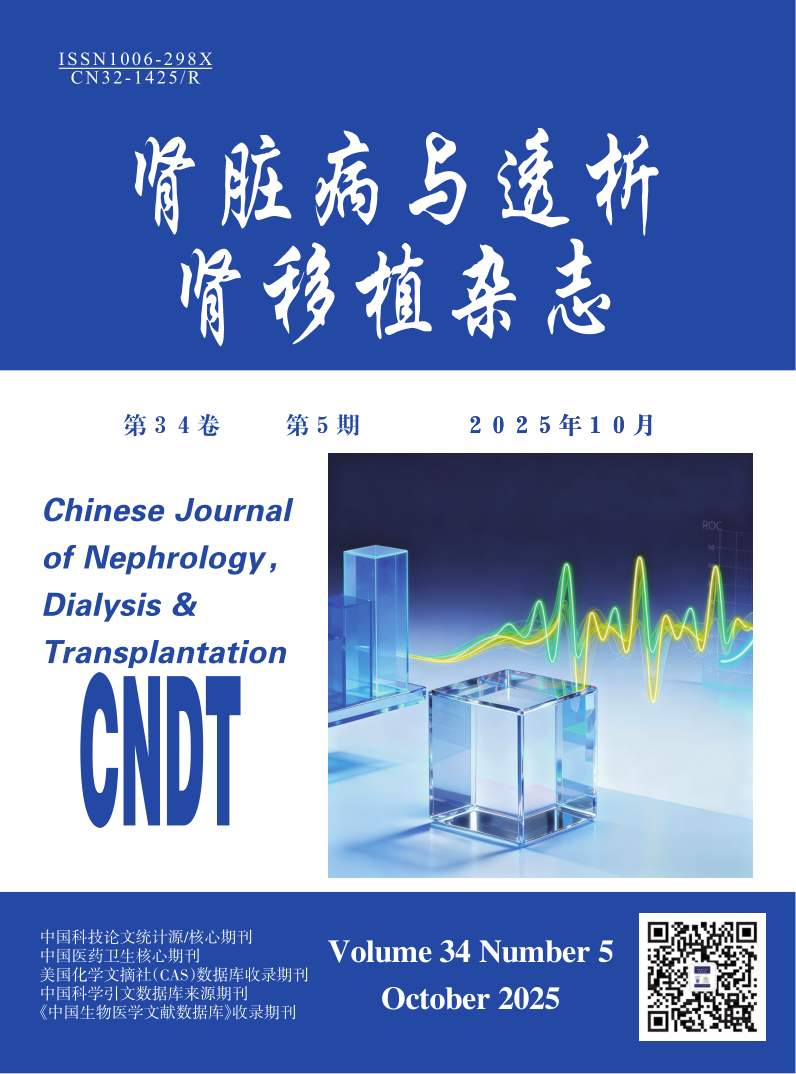Introduction: To investigate whether tripotolide have direct effect on podocytes injured by AngII ? If so, how does it work?Methodology: Conditionally immortalized mouse podocytes were divided into three groups: negative control, positive control treated with AngII (10-6, 10-7, 10-8mol/L) and pretreated with triptolide (1, 3, 10ng/ml) for 2 hours. F-actin and zonula occludens-1 (ZO-1) were observed by fluorescence microscopy. To explore the underlying mechanism,we observed reactive oxygen species (ROS) generation and the subsequent MAPK activation by flow cytometry and western blot.Results: Ang II induced actin cytoskeleton reorganization and ZO-1 redistribution in a dose-dependent manner. In untreated podocytes, the ZO-1 staining was peripherally distributed at contacts of adjacent cells as fine segments, while it appeared markedly fragmented in response Ang II, indicating tight junction loose and cell ruffling. Triptolide stabilized actin filaments and improved ZO-1 distribution in a dose dependent manner. At the dose of 10ng/ml, triptolide almost completely restored the normal cytoskeleton and cell contact in podocytes without affecting cell survival. AngII (10-7mol/L) significantly increased ROS generation in podocytes. This effect was observed rapidly at 10min and maintained for 30min. Pretreatment of podocytes with triptolide (10ng/ml) or antioxidant NAC (10 mmol/L) before AngII exposure led to a significant reduction in the cellular ROS level. In addition, antioxidant NAC successfully reduced AngII-induced podocyte damage as showed by cytoskeleton staining, indicating that ROS generation mediates Ang-induced podocyte injury. Furthermore, triptolide effectively inhibited AngII-induced p38, ERK1/2 and JNK MAPK activation, which are the downstream signaling molecules of ROS. SB203580 and U0126, which are specific kinase inhibitor for p-38 and ERK MAPK, can block AngII induced podocyte injury.Conclusion: Triptolide showed dramatic protective effect in AngII induced podocyte injury. The protective effect of triptolide might partially due to the inhibition of ROS generation and the subsequent MAPK activation.




